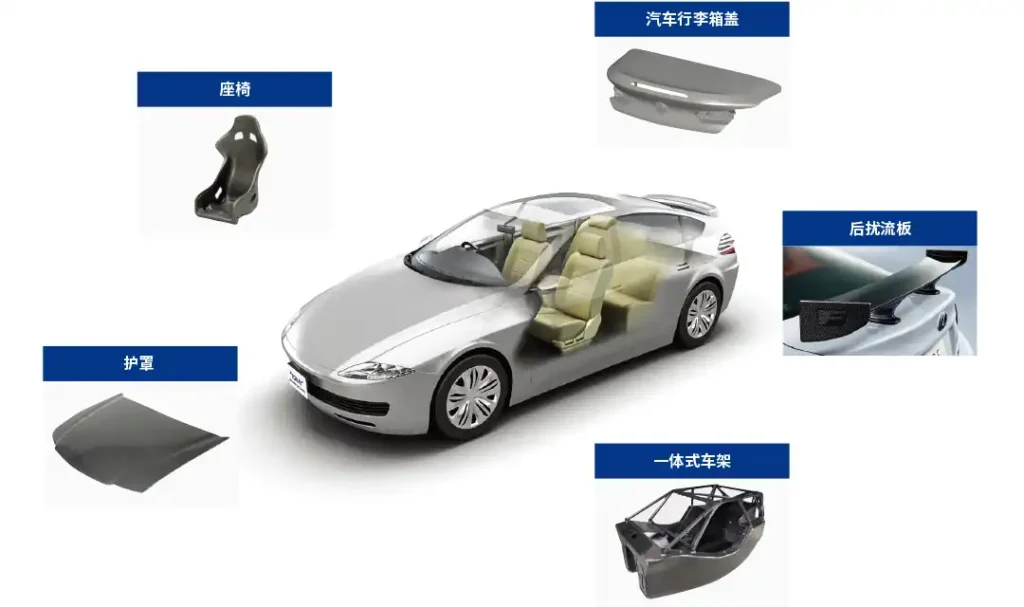Messi Biology stated that activated magnesium oxide and magnesium hydroxide, as high-performance inorganic materials, have wide applications in composite materials, mainly improving the performance of composite materials through their unique chemical and physical properties. Here are their specific applications:

Application of activated magnesium oxide in composite materials
1. Curing accelerator and crosslinking agent
The high reactive activity of activated magnesium oxide makes it possible to act as a curing accelerator in resin-based composite materials (such as epoxy resins, polyurethanes) to accelerate the curing reaction and shorten the molding time. In addition, in rubber composite materials, it can act as a vulcanizing active agent to promote cross-linking of rubber molecules, improve the elastic modulus and aging resistance of the material.
2. Functional fillers and reinforcing agents
The high specific surface area and surface activity of activated magnesium oxide enable it to be evenly dispersed in the composite material, enhancing the interface bonding force between the matrix and the filler. In composite materials such as rubber and plastic, it can be used as a reinforcement to improve the tensile strength, wear resistance and tear resistance of the material.
3. Acid neutralization and stabilizer
During the composite material production process, activated magnesium oxide can neutralize acidic substances (such as residual catalysts or degradation products), stabilize the pH of the system, and prevent material aging or performance from degrading. For example, in polyester resins, it can inhibit acid-catalyzed degradation reactions and extend the service life of the material.
4. Heat conduction and insulation enhancement
Reactive magnesium oxide has good thermal conductivity and insulation properties and can be used to prepare thermally conductive composite materials, such as heat dissipation substrates for electronic devices. At the same time, its insulation characteristics help improve the electrical performance of composite materials and are suitable for high-voltage insulation.
In some composite systems, activated magnesium oxide and magnesium hydroxide can work together to further optimize performance. For example:
1. In rubber composite materials, activated magnesium oxide promotes vulcanization reaction, while magnesium hydroxide provides flame retardant properties. The combination of the two can produce rubber products with both high strength and flame retardant properties.
2. In plastic composite materials, activated magnesium oxide improves interface bonding, and magnesium hydroxide achieves flame retardant, jointly improving the comprehensive performance of the material.
